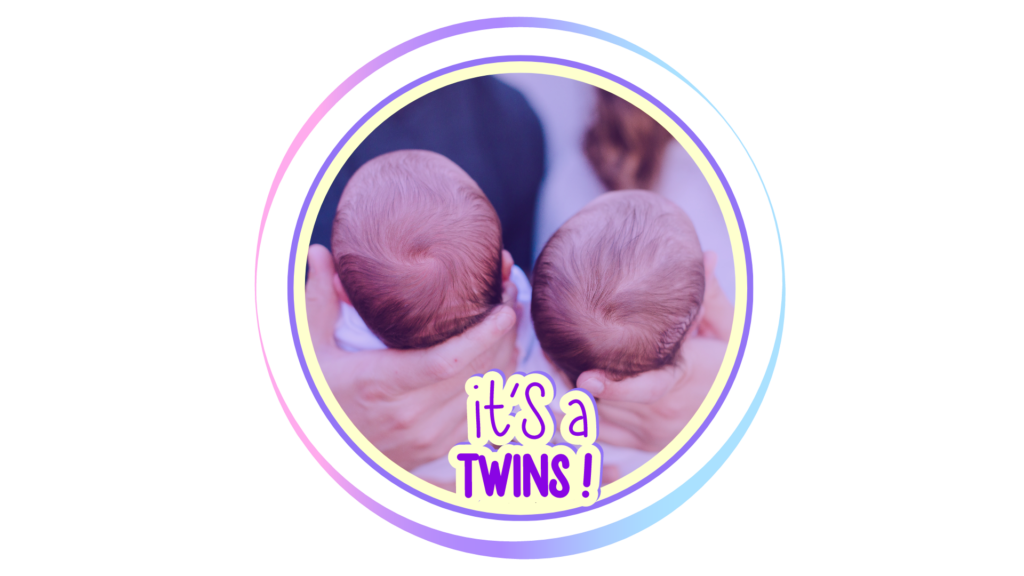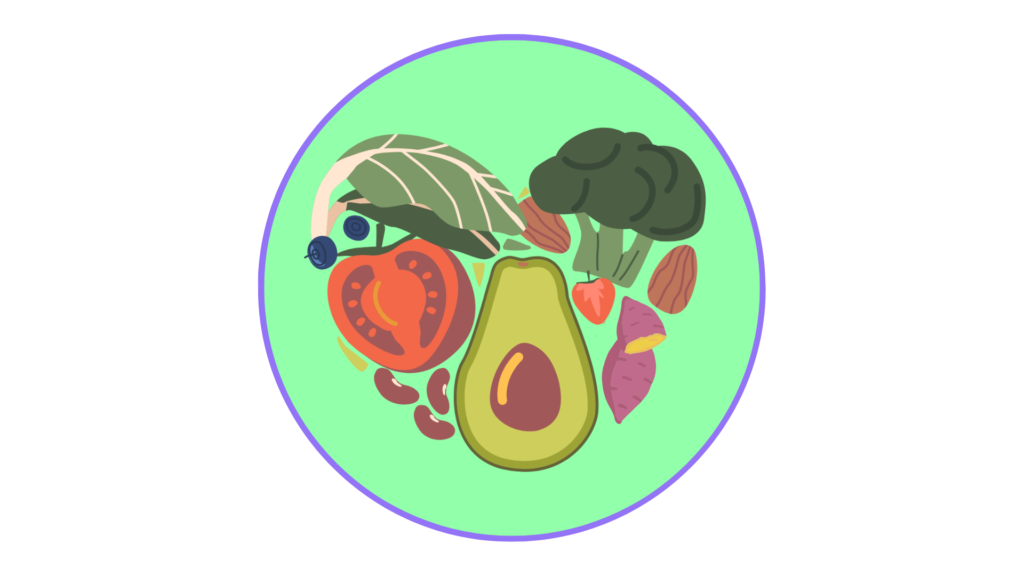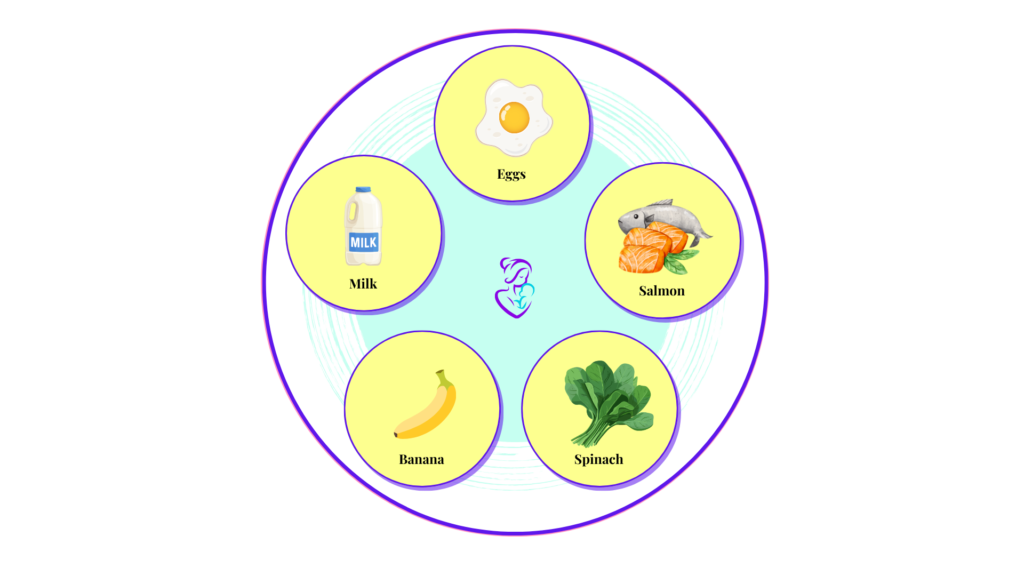Pregnancy with Twins, Triplets and Multiples
Published : 21/05/2024
Last updated: 15/07/2024
Multiple pregnancy refers to carrying more than one child simultaneously. Usually its twins but sometimes triplets (3 babies) or sometimes more than that! Unbelievable, right?
However, multiple pregnancies are slightly different from single pregnancies. Lets talk about all the details you need to know if you are trying for twins, or maybe having twins..
Types of Twins
Usually two babies born together are called twins. About 9 mothers in every 1000 pregnancies are likely to have twins.[2]. These pregnancies are usually of 2 types—one-third ‘identical’ twins and the other two-third are ‘non-identical’/ ‘Fraternal’ twins.
Sometimes, multiple eggs are produced during the time of periods, these eggs can be fertilized by multiple sperm. Such twins are called ‘non-identical twins’. They can be two tiny humans of the same gender or different gender.
On the other hand, a single is egg fertilized by sperm and can divide and develop into two embryos. This makes the babies have identical genes and look alike, and so they are called ‘identical twins’. In this case the identical twins are both of same sex. [5] That is, you will have two boys or two girls.
Therefore, Non-identical twins are usually common and identical twins are kinda rare..[1].
Twin Pregnancy Symptoms
Twins have symptoms like any other normal pregnancy. However, if the symptoms are more pronounced than during your singleton pregnancy, you may think you are having twins. For example –
• If the abdomen or what is medically called ‘fundal height’ is larger than normal,
• Gaining extra weight
• If you feel the movement of the baby in the womb earlier
• If the baby moves in multiple places at the same time
• If you get more than one baby heart sound on Doppler
• If pregnancy hormones such as beta HCG, alpha Phyto protein are increased
• In addition to this, if you experience a little more of the normal problems of pregnancy, such as: vomiting, breast pain, weakness, desire to eat, frequent urination.
Sharing the Womb
There are three ways twins can share a sac in the womb:
1. Two embryos, two sacs: This is the best scenario. Each baby has its own sac, allowing them to receive separate nutrition and stay safe.
2. One amniotic sac, two sacs: Here, there is one amniotic sac for both babies, even though they are in separate sacs. This often happens with identical twins and can lead to complications like twin-twin transfusion syndrome. If this is detected, you should be closely monitored by a doctor.
3. One sac: This is the most complicated and rare situation. Both babies share the same sac, which requires careful monitoring due to a higher risk of complications.
Possible Causes of Twinning
Although the exact cause of twins is not known, certain factors increase the chances of having twins. For example –
• Age: Mothers over the age of 35 have a higher chance of conceiving twins. [3]. Since they may release more than one egg at a time during their menstrual cycle. This leads to the possibility of twins.[4]
• Family History: If someone in your mother’s family has a history of having twins, eg, if your mother, sister, aunt have had twins in the past, you are more likely to have twins.
• Having Fertility Treatment: If someone is having fertility treatment, such as In Vitro Fertilization or IVF, it increases the chances of having twins.
• Overweight: Mothers who are overweight or have a BMI greater than 30 are more likely to have twins. Personal history: If you have had twins before, you are more likely to have twins later.
What to do if you are pregnant with twins
During Pregnancy
Having twins carries some health risks for both mother and baby. Therefore, twins require more prenatal checkups than usual. In this case, starting from the second trimester, ultrasound tests can be done every 4 to 6 weeks [9], so that any complications can be prevented or treated through early detection through repeated tests.
During Delivery
Your twin babies can be delivered normally if there are no complications or abnormalities. However, sometimes a normal delivery is planned and a caesarean section can be performed later as needed. Sometimes, after normal delivery of one baby, caesarean section may be done for the other baby.
About half of twins and most triplets undergo elective cesarean section. Usually, if there are any of the following reasons, the doctor will suggest caesarean section operation in advance. For example –
• If your first baby has a breech presentation (ie his head is up and the rest of his body is down inside the womb)
• If your babies are transverse or in a transverse position inside your womb
• If you have any abnormalities in your uterus
• If your babies share the same womb
• If you have had any complications during childbirth before
After Delivery
After birth, mothers have to suffer a little while taking care of twins You can get some benefits by adopting the following methods-
• You can take small beds or cradles for children while traveling anywhere. They are available in the market as ‘travel coat’. If you are busy with one child, you can keep another one
• Twins can be fed at the same time rather than separated while breastfeeding. This will save both time and labor
• Twins can be bathed together. Before taking a bath, keep towels, nappies, clothes and other accessories close at hand
• Enlist the help of others in the family to care for the twins
Complications?
Having twins brings with it a number of complications for both mother and baby at the same time For example –
Maternal Complications:
• Anemia[7]
• Gestational diabetes
• Pre-eclampsia due to gestational hypertension
• Excessive bleeding after delivery or postpartum hemorrhage[8]
Child Complications:
• premature birth
• Decreased growth in the womb
• Birth defects such as: spina bifida
• Twin-to-twin transfusion syndrome (where only one twin receives an adequate blood supply, the other does not)
• Excess fluid in the womb (polyhydramnios) or less than normal (oligohydramnios)
• Tearing or separation of the uterus
Additionally, a premature baby has increased chances of having the following problems—
• Being born with low weight
• Bleeding in the brain
• Difficulty breathing due to immature lungs
• Not being able to keep the body warm
• Having trouble eating
• Impaired vision, medically known as ‘retinopathy of prematurity’



